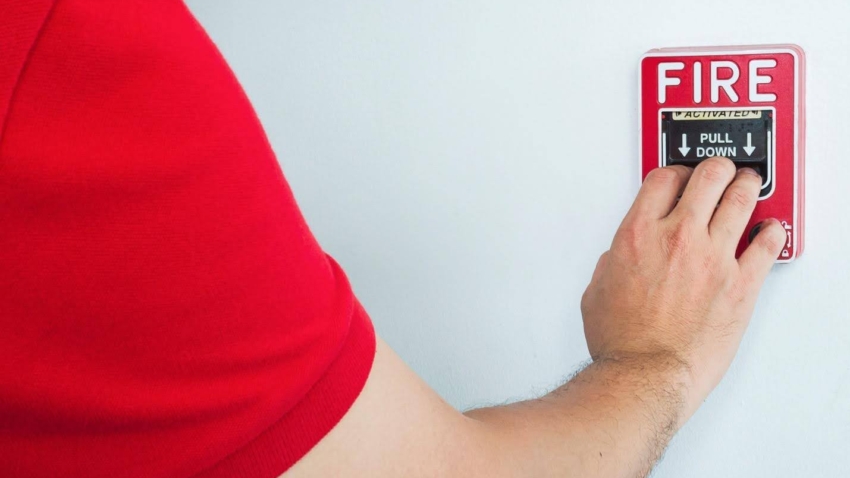
Fire Safety with Dual Agent Fire Suppression System for Critical Infrastructure
It takes more than just sprinklers or fire extinguishers to protect critical facilities such as data centers, power plants, oil refineries, and transportation hubs. These establishments frequently run around the clock, house advanced equipment, and handle toxic materials, so delay is both expensive and risky.
The dual agent fire suppression system is useful in this situation. Combining two distinct suppression chemicals results in a quicker knockdown, increased reliability, and a lower chance of re-ignition. This article examines the operation of dual agent systems and the reasons for their suitability for critical infrastructure.
What is a Dual Agent Fire Suppression System
A dual agent fire suppression system uses two suppression mediums consecutively or together, in contrast to only one agent systems that only use water, foam, or dry chemicals. Usually, these include:
- Dry chemicals can quickly extinguish fires and stop the fire’s chemical chain reaction.
- To cool surfaces, smother fumes, and stop re-ignition, use foam or water mist.
The two main issues in firefighting are immediate flame control and long-term fire stability, which are solved by this multi-layered strategy. The end effect is a mechanism that reduces the possibility of further flare-ups while simultaneously rapidly putting out fires.
Important Uses in Various Industries
In industries where standard suppression techniques are insufficient, dual agent systems are being utilized more and more:
Oil and gas facilities: Quick vapor suppression and flame knockdown are necessary while handling hydrocarbons.
Data centers: Sensitive electronics are protected from water damage by cooling and clean-agent integration.
Hubs for transportation: Systems made for liquid fuel fires are advantageous in aircraft hangars, fueling stations, and maintenance facilities.
Mining operations: Dual suppression is crucial due to the considerable fire risk posed by heavy machinery in restricted spaces.
Advantages of the Dual Fire System
The increasing use of this system is a result of its obvious performance advantages:
1. Speed:
Fire spread is decreased by extinguishing fires more quickly than single-agent systems.
2. Backups:
If one agent is less effective, having two agents provides backup protection.
3. Less damage:
Equipment that is cooled by foam or mist is less likely to fail due to heat.
4. Less chance of re-ignition:
Dual suppression eliminates leftover fumes as well as flames.
5. Compliance:
Dual agent systems are recognized as a better fire safety requirement by numerous regulatory agencies and insurers.
Considerations before Installations
Facility managers should consider things like:
Agent compatibility: Make sure that sensitive electronics or processes won’t be harmed by suppression agents.
System integration: New systems need to work in combination with current suppression, sprinkler, or alarm systems.
Maintenance requirements: To ensure availability, routine testing and inspection are essential.
Cost-benefit evaluation: Even while it costs more up front, the long-term savings from less risk and downtime frequently exceed the initial cost.
Final Thoughts
Critical infrastructure fire prevention cannot be dependent on outdated or simplistic methods. A dual agent fire suppression system offers a strong, adaptable, and proven method of protecting assets, saving lives, and ensuring continued operations.
These devices provide several layers of defense against the most complicated fire scenarios by fusing the cooling and vapor-suppressing advantages of foam or mist with the instant knockout power of dry chemicals.








